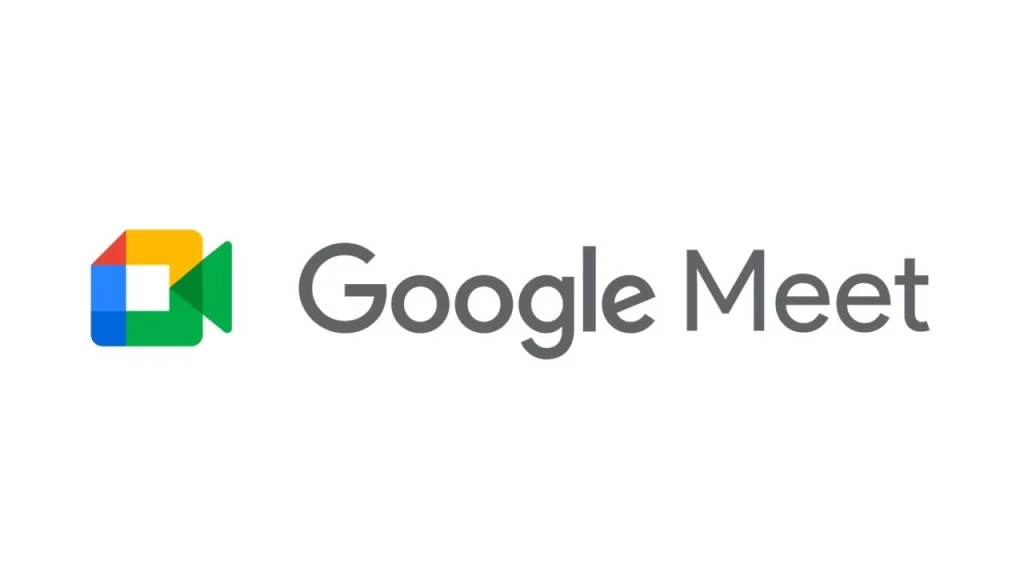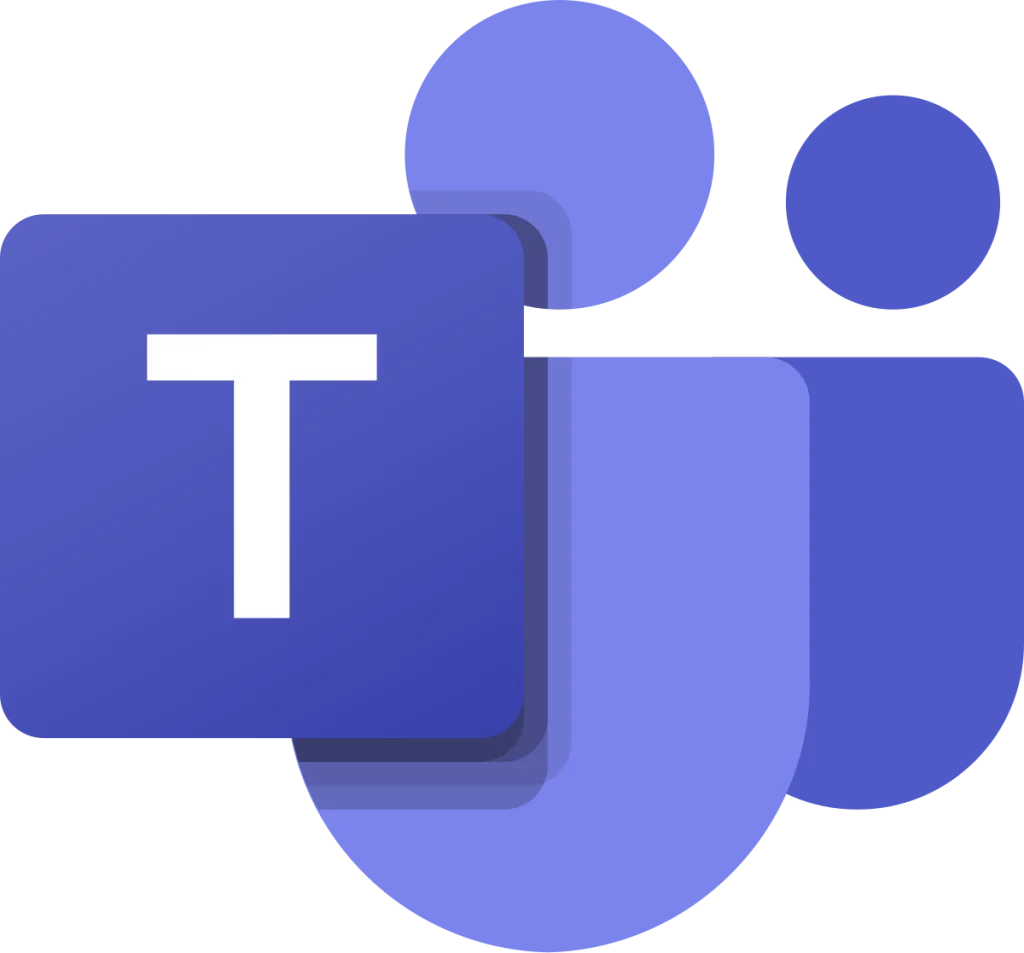When it comes to online communication and collaboration tools, Zoom, Google Meet, Microsoft Teams, and Skype are some of the most popular platforms. Each has its own strengths and features, making them ideal for different use cases. Here’s a comparison of these platforms to help you determine which one is best for your needs.
Zoom
Overview: Zoom has become the go-to platform for virtual meetings, webinars, and large-scale conferences, particularly since the COVID-19 pandemic. It’s known for its ease of use, reliability, and robust feature set.
Key Features:
- Video Conferencing: High-quality video calls with options for virtual backgrounds, screen sharing, and meeting recordings.
- Breakout Rooms: Allows users to split into smaller groups for focused discussions.
- Webinars and Events: Zoom supports webinars and large-scale online events with thousands of participants.
- Meeting Capacity: Free plans allow up to 100 participants; paid plans can accommodate up to 1,000 participants.
- Integration: Seamlessly integrates with various third-party apps, such as Google Calendar, Slack, and more.
Pros:
- Great for large meetings, webinars, and conferences.
- User-friendly interface with easy setup.
- Breakout rooms feature for collaboration.
- Stable video and audio quality.
Cons:
- Free version has a 40-minute limit on meetings with more than two participants.
- Security concerns in the past, though Zoom has made significant improvements.
- Not as integrated into other software ecosystems (e.g., Microsoft or Google products).
Best For: Businesses, educators, and event organizers looking for a versatile platform with robust meeting and webinar features.

Google Meet
Overview: Google Meet is Google’s video conferencing solution, designed to work seamlessly with other Google Workspace (formerly G Suite) tools like Gmail, Google Calendar, and Google Drive. It’s a great choice for users already embedded in the Google ecosystem.
Key Features:
- Video Conferencing: Simple, secure video calls for individuals or teams.
- Integration with Google Workspace: Integrates with Gmail, Google Calendar, and Google Drive, making it easy to schedule and join meetings directly from these tools.
- No Software Needed: Meet works directly from a web browser, so no downloads or installations are necessary.
- Live Captions: Real-time transcription of meetings.
- Meeting Capacity: Free plans allow up to 100 participants; paid plans (Google Workspace) allow up to 250 participants.
Pros:
- Simple and fast to use, especially for existing Google Workspace users.
- No need for third-party software (browser-based).
- Easy to schedule and join meetings via Google Calendar.
- Integration with other Google apps (Docs, Sheets, Drive).
Cons:
- Limited advanced features compared to Zoom (e.g., breakout rooms, webinar support).
- Not as feature-rich for larger-scale events.
- Requires Google account for full functionality.
Best For: Small to medium-sized teams and individuals who already use Google services and need a straightforward, integrated meeting tool.

Microsoft Teams
Overview: Microsoft Teams is more than just a video conferencing tool. It’s a full collaboration platform, ideal for workplaces that use Microsoft Office 365. Teams offers messaging, file sharing, and collaborative document editing, alongside its video conferencing features.
Key Features:
- Collaboration and Chat: Teams allows for continuous communication with chat channels, file sharing, and document collaboration in real-time.
- Integrated with Office 365: Works seamlessly with Microsoft’s suite of tools (Word, Excel, PowerPoint, OneDrive, etc.).
- Meetings and Calls: High-quality video and audio calls with screen sharing and meeting recordings.
- Teams and Channels: Organize conversations and meetings around specific topics or departments.
- Meeting Capacity: Free plan allows up to 100 participants; paid plans can accommodate up to 10,000 participants for live events.
Pros:
- Great for teams using Office 365 for collaboration.
- Excellent integration with Microsoft apps like Word, Excel, PowerPoint, and OneDrive.
- Includes chat and file-sharing capabilities, making it an all-in-one collaboration tool.
- Can support very large meetings and webinars (for enterprise plans).
Cons:
- Can be overwhelming for small teams or individual users.
- Slightly steeper learning curve due to the range of features.
- Video quality is good but not as consistently reliable as Zoom for large calls.
Best For: Businesses and enterprises that need an integrated collaboration and communication platform, especially those already using Microsoft tools.

Skype
Overview: Skype is one of the original video conferencing platforms, known for its ease of use and free calls. It’s been around for years and is still widely used for personal and business communication.
Key Features:
- Video and Voice Calls: Allows for high-quality one-on-one and group calls, along with instant messaging.
- Screen Sharing: You can share your screen during calls.
- International Calls: Skype offers affordable international calling to landlines and mobile numbers.
- Meeting Capacity: Group calls for up to 50 participants (Skype for Business offers additional features).
Pros:
- Free calls to other Skype users.
- Simple and easy-to-use interface.
- Affordable international calling options.
Cons:
- Limited features for business use compared to Zoom, Teams, or Google Meet.
- Group call limits are much lower than competitors (only 50 participants).
- Lacks advanced collaboration tools like file sharing and document editing that are found in Microsoft Teams or Google Meet.
Best For: Casual users or small teams who need simple video calling without the need for extensive collaboration tools.
Comparison Summary
| Feature | Zoom | Google Meet | Microsoft Teams | Skype |
|---|---|---|---|---|
| Best For | Large meetings, webinars | Small teams, Google users | Collaboration-heavy teams | Personal use, small groups |
| Meeting Capacity | Up to 1,000 (paid plans) | Up to 250 (paid plans) | Up to 10,000 (live events) | Up to 50 (group calls) |
| Breakout Rooms | Yes | No | No | No |
| Screen Sharing | Yes | Yes | Yes | Yes |
| File Sharing | Yes | Yes (Google Drive) | Yes (OneDrive, SharePoint) | No |
| Real-time Collaboration | No | Yes (Docs, Sheets, etc.) | Yes (Office 365) | No |
| Integration | Third-party apps | Google Workspace | Microsoft Office 365 | Limited |
| Ease of Use | Easy to use | Very easy (browser-based) | More complex, but powerful | Very easy |
| Security | High (with improvements) | High | Very high (enterprise) | Medium |
Which One is Best?
- For Large Webinars and Virtual Events: Zoom is the best option due to its extensive features like breakout rooms, webinar support, and higher meeting capacities.
- For Teams Using Google Tools: Google Meet is the most convenient option for those already using Google Workspace, with seamless integration and ease of use.
- For Collaboration and Office Productivity: Microsoft Teams is ideal for teams using Office 365, offering deep collaboration tools alongside video meetings.
- For Simple, Personal Calls: Skype is a great choice for casual use or smaller groups, especially if you need affordable international calls.
Ultimately, the best platform depends on your specific needs and which software ecosystem you are already using.

